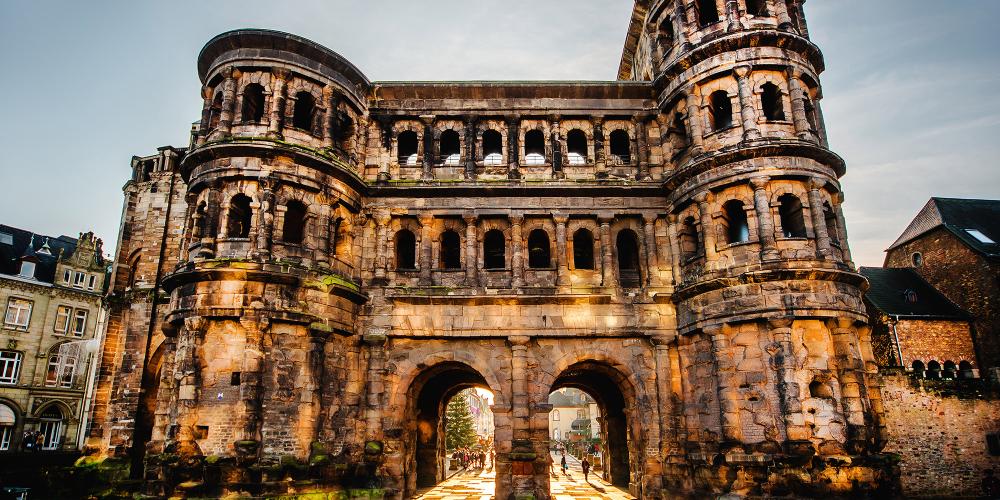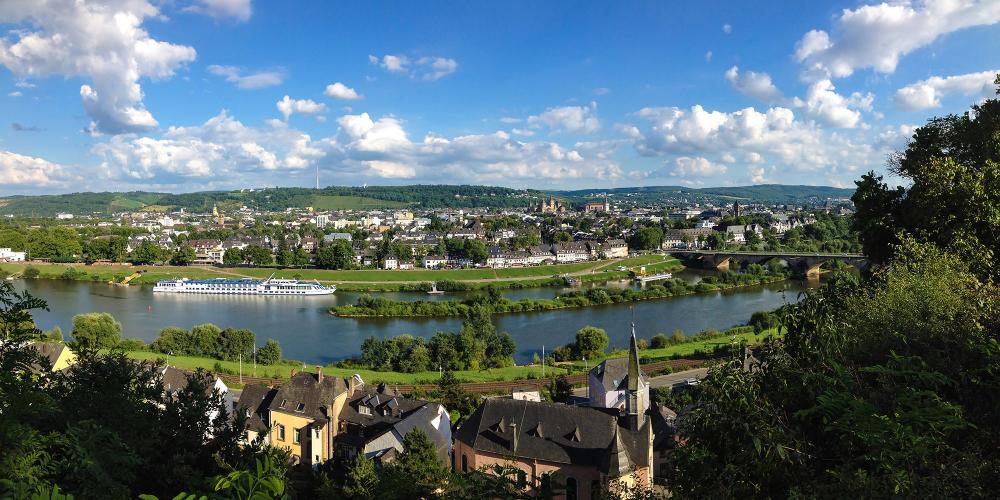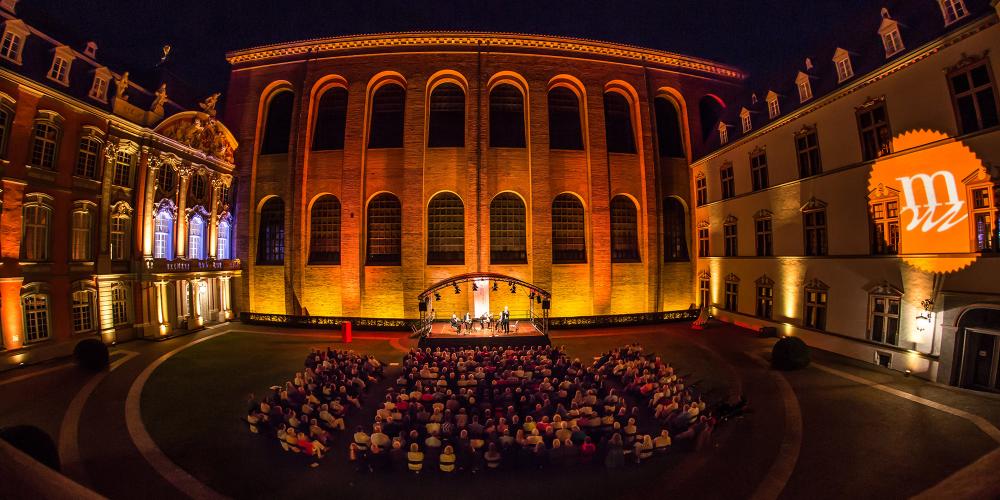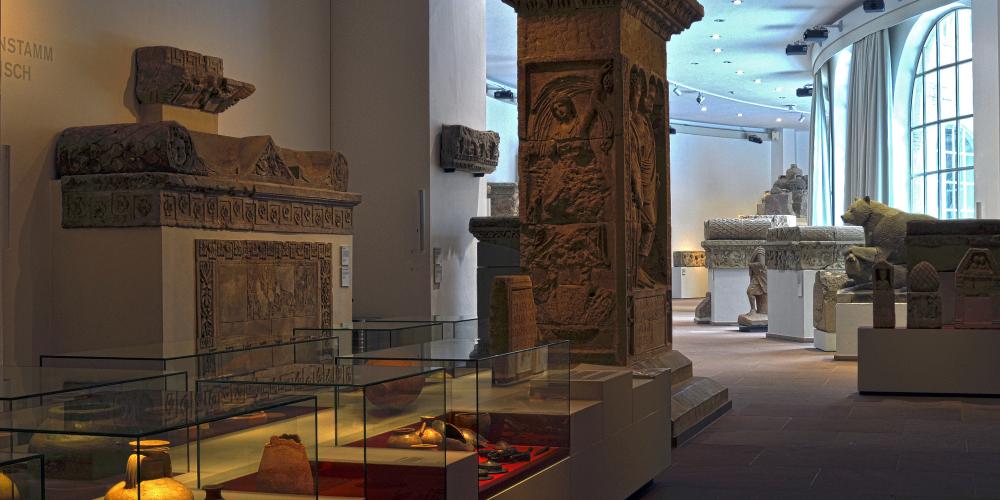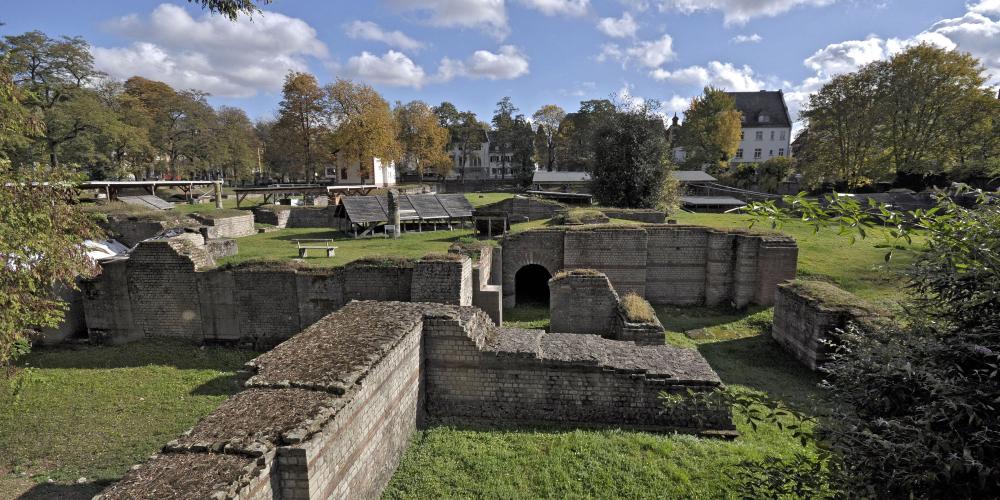Roman Monuments, Cathedral of St. Peter and Church of Our Lady in Trier, Germany

In late classical times, Trier was one of the largest cities in the Roman Empire. There is no place north of the Alps where so many important Roman buildings have been preserved. The number and quality of the surviving monuments are an outstanding tribute to Roman civilisation and a singular place to learn about this important part of ancient history.
It is sometimes hard to imagine that Trier was once one of Rome's greatest cities. Today, it is beautiful but unassuming. Two millennia ago, it became a capital of the Western Roman Empire and was used by Emperor Constantine as a base. It was his influence that cemented the spread of Christianity across Europe and the testaments to his faith make up some of the most important buildings in the city today.
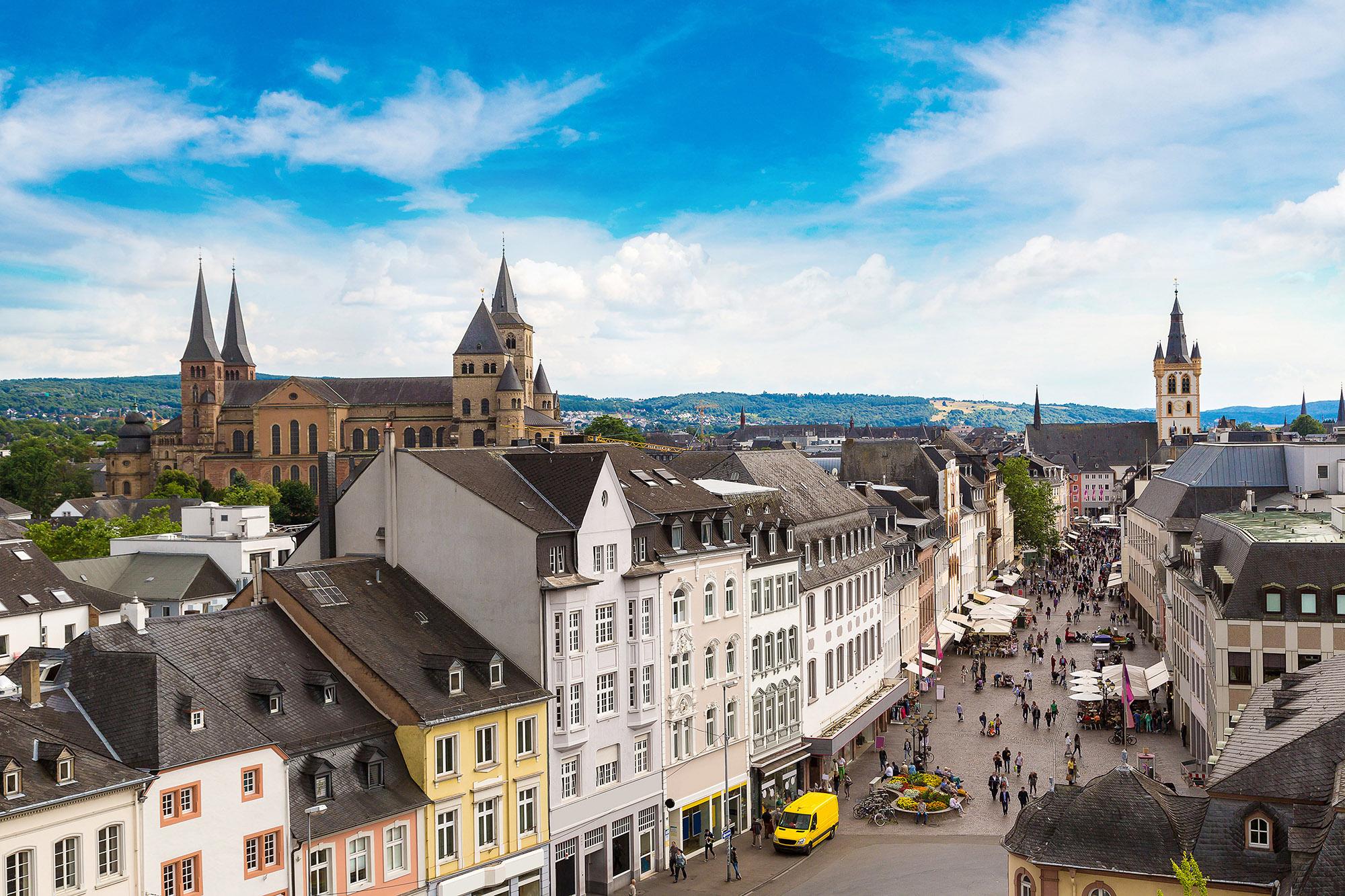
The Roman monuments spread throughout modern Trier create a natural walking route for visitors. Starting from the Porta Nigra in the north of the town’s centre, you can climb to the top and look across the expanse of colourful buildings. A short walk leads to the cathedral—the oldest in Germany—which is open to the public. From there, take a short stroll to the Aula Palatina to see where the great Emperor Constantine once sat upon his throne. The city offers a wide variety of specialised guided tours such as the '2,000 years in 2,000 steps' tour. Don't miss the opportunity to try the local Mosel region wine - its origins are steeped in Roman history.
Germany's Oldest City
Trier is one of the most important Roman cities in Germany. Called Augusta Treverorum—the Augustus city in Trevererland—it was the largest urban centre north of the Alps in the Roman Empire and one of its most important administrative hubs.
Founded under Emperor Augustus in 17 BC near the tribal sanctuary of the Celtic Treveri, the city was an important administrative seat and emperor's residency in the late Roman period. For this reason, the epoch is represented here more strongly than elsewhere in Germany. Here you can experience the era authentically: Porta Nigra, the amphitheatre, the imperial baths, the Barbara Baths, the imperial throne room, the Roman bridge, the Igel Column, and the Trier Cathedral and the Church of Our Lady are all part of the UNESCO World Heritage site, and are within walking distance of the city centre.
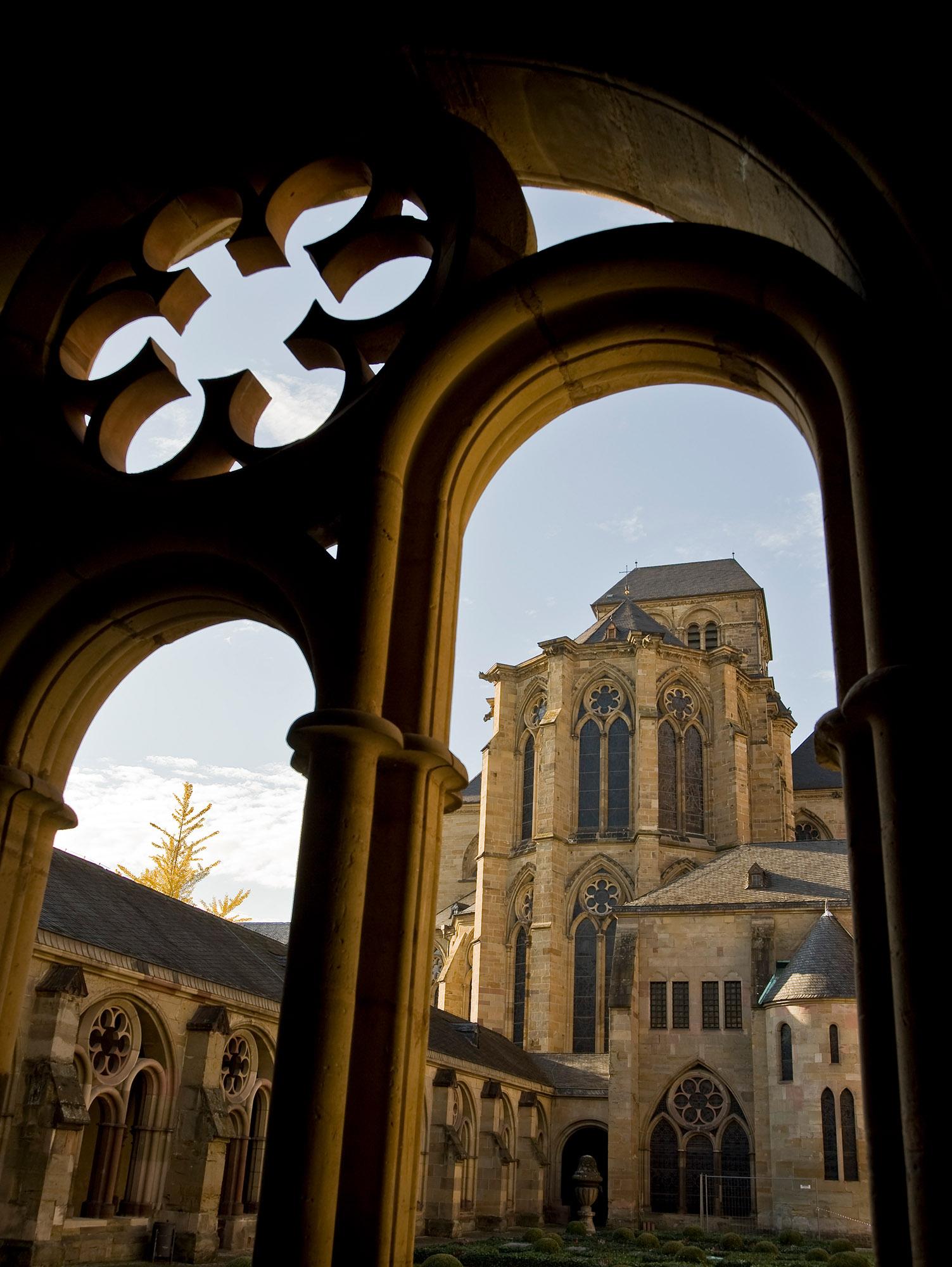
In addition to the Roman period, Trier has a charming city centre: an extensive pedestrian zone with an enchanting historical backdrop and main market—the busy and lively heart of the city all year round. The Market Cross stands from the year 958 and is not far from the Petrusbrunnen (Saint Peter's Fountain) dating back to 1595. At the Market you can find the impressive 'Steipe', a 15th century wine house with Gothic arches. Opposite, you can discover the oldest pharmacy in Germany, the Löwenapotheke, dating from 1241. And if it's living history you're after, Trier opens its streets to visitors through its medieval residences: half-timbered houses from the Renaissance, electoral buildings, and Karl Marx's birthplace.
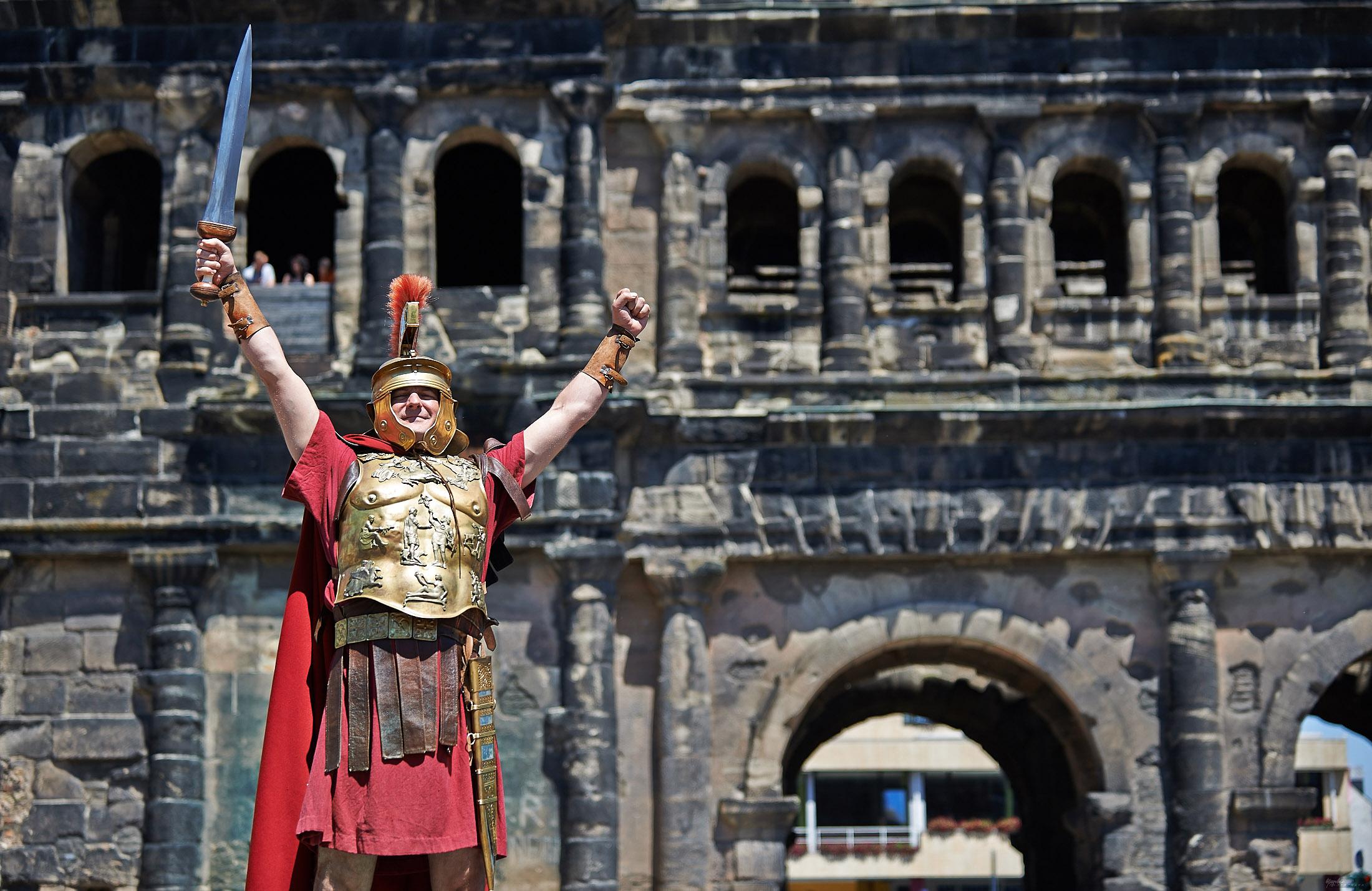
History Comes to Life
After you've sampled history dating to biblical times, take a moment to discover the modern side of Trier—the centre of Moselle River Valley's wine-growing area, which includes the Saar and Ruwer Rivers. The mild climate and excellent soil have combined to create renowned wines for millennia.

But just because Trier is one of Germany's oldest cities, that doesn't mean it acts old. It is an independent city—as well as a bishop’s and a university city—where you can experience a journey through time, enjoy a night out with a glass of one of the world's greatest wines, and revel in the beautiful scenery as citizens here have been doing for 2,000 years.
How to Get There
By car, use the following motorways: A1 from Saarbruecken/Kaiserslautern; A1/A48 from Koblenz/Koeln; A64 from Luxembourg/Belgium. Please note: An emissions sticker is not required for driving into Trier.
By plane:
• Frankfurt/Main Airport approximately two hours by car or three hours by rail.
• Luxemburg Airport, 30 minutes from Trier by car. The bus—number 117—will bring you from the airport directly to Trier to your hotel and back.
• Frankfurt-Hahn Airport is an hour from Trier by car. A direct shuttle bus takes you from Hahn Airport directly to Verteilerkreis Trier and back.
•Saarbruecken Airport is approximately one hour by car or two hours by rail
• Zweibruecken Airport is one hour by car or three hours by rail
• Koeln/Bonn Airport is two hours by car or three hours by rail
By rail:
• Luxemburg is 50 minutes away. Paris is 3.5 hours by train. The Koblenz/Saarbrücken station is one hour away.
When to Visit
Each season offers its own advantages. May through to October is the most popular period to travel in Trier. Since Trier is situated in a wine-growing region, the autumn is a particularly beautiful time to visit. During the winter holidays (late November to late December) you can take advantage of the charming Christmas markets.
Note: The museums are closed on Mondays. However, the World Heritage sites remain open. (Due to weather conditions, it is possible that some World Heritage sites are closed in winter).
How to Visit
In order to enjoy the World Heritage sites, we suggest you stay in Trier for at least two to four days. Take a city sightseeing tour with one of Trier's qualified guides. The different tours will show you the entire spectrum of the area's eventful history.
Sights and Attractions recommended by the locals
Roman Monuments, Cathedral of St. Peter and Church of Our Lady in Trier, Germany
Porta Nigra, Barbara Baths, Amphitheater
January – February: 9:00 – 16:00
March: 9:00 – 17:00
April - September: 9:00 – 16:00
October: 9:00 – 17:00
November – December: 9:00 – 16:00
The Thermen am Viehmarkt
9:00 – 17:00 (closed 1st workday of the week)
The Rheinisches Landesmuseum Trier
10 am – 5 pm
Closed on monday
For guided tours the museum will open as of 09:30, by appointment only. Last admission 30 min. before closing.
In the Realm of Shadows 360° multimedia show
Showings: Tuesday to Sunday: 11.30 am and 2.30 pm
The ANTIKENCARD is available at all Roman monuments, at the Rheinisches Landesmuseum and at the Tourist Information Trier.
ANTIKENCARD BASIC € 12
Admission into two Roman monuments and the Landesmuseum for a group of at least 15 persons. Valid one week from the time of purchase, no additional reductions.
ANTIKENCARD PREMIUM € 18
Entrance to the four Roman monuments and the Landesmuseum is included in the offer for school classes. Valid one week from the time of purchase, no additional reductions.
ANTIKENCARD GROUP € 10
ANTIKENCARD SCHOOL € 6
